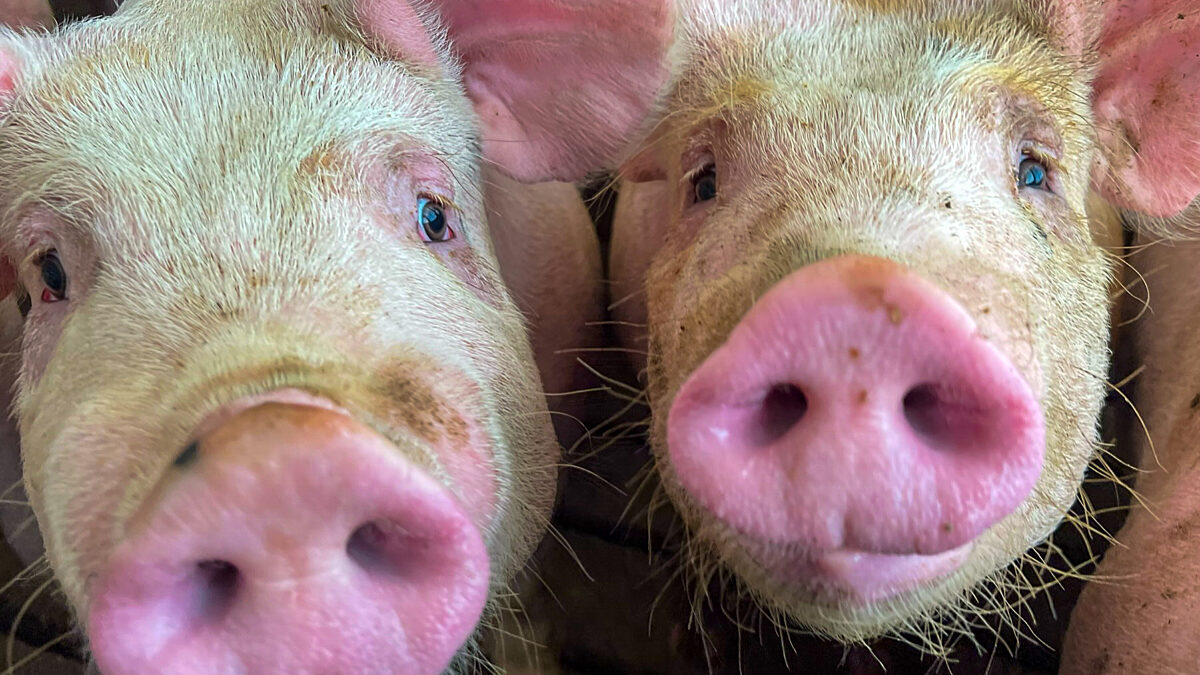Pork Tariff Profile
TOPICS
PorkMegan Nelson
Economic Analyst

photo credit: AFBF Photo, Cole Staudt
Megan Nelson
Economic Analyst
Our Market Intel series on commodity-specific tariff profiles continues with pork.
In 2017, the U.S. exported $4.6 billion in pork, representing 32 percent of the world’s production. Charging a 0 percent tariff for all World Trade Organization members, the U.S. imported $1.8 billion in pork, resulting in a $2.7 billion trade surplus in pork.
China is our fifth-largest pork customer, purchasing $237 million in U.S. pork products in 2017. The Chinese tariffs on pork range from 12 percent to 20 percent, with 16 percent being the average. However, with retaliatory tariffs in place, U.S. pork tariffs range from 45 percent to 70 percent. All the while, our competitors are still subject to an average tariff of 16 percent.
The North American Free Trade Agreement guarantees that U.S. pork exporters are charged a 0 percent tariff on pork into Mexico and Canada. Mexico is the second-largest consumer of U.S. pork, purchasing $1.2 billion in 2017. Also, in 2017, the U.S. exported $379 million worth of pork to Canada.
Japan is the largest customer of U.S. pork, purchasing $1.5 billion in 2017, and one of the largest importers of pork in the world. Without any free trade agreement currently in place, imported pork to Japan is charged 482 yen per kilogram plus 4.3 percent. Japan uses a gate price system for importing pork. Any pork shipped to Japan below the set “gate” price, 482 yen, pays not only the 4.3 percent tariff, but also pays the differential between import price and the gate price. This system provides an incentive to import higher-value pork and taxes lower-value pork, thus protecting the Japanese pork industry from competition. For example, a shipment of pork to Japan worth 200 yen per kilogram would be charged a 121 percent tariff while a 400 yen per kilogram pork shipment would be charged a 63 percent tariff.
The free trade agreements in place with the European Union and South Korea, however, ensure that the tariff on U.S. pork imported into those countries is 0 percent. Purchasing $423 million worth in 2017, South Korea is the third-largest destination for U.S. pork. Figure 1 illustrates these points and more.
To read more in the series check out our deep-dive into soybean, wheat and corn tariffs.
Next week, we will continue the series with a cotton tariff profile.

